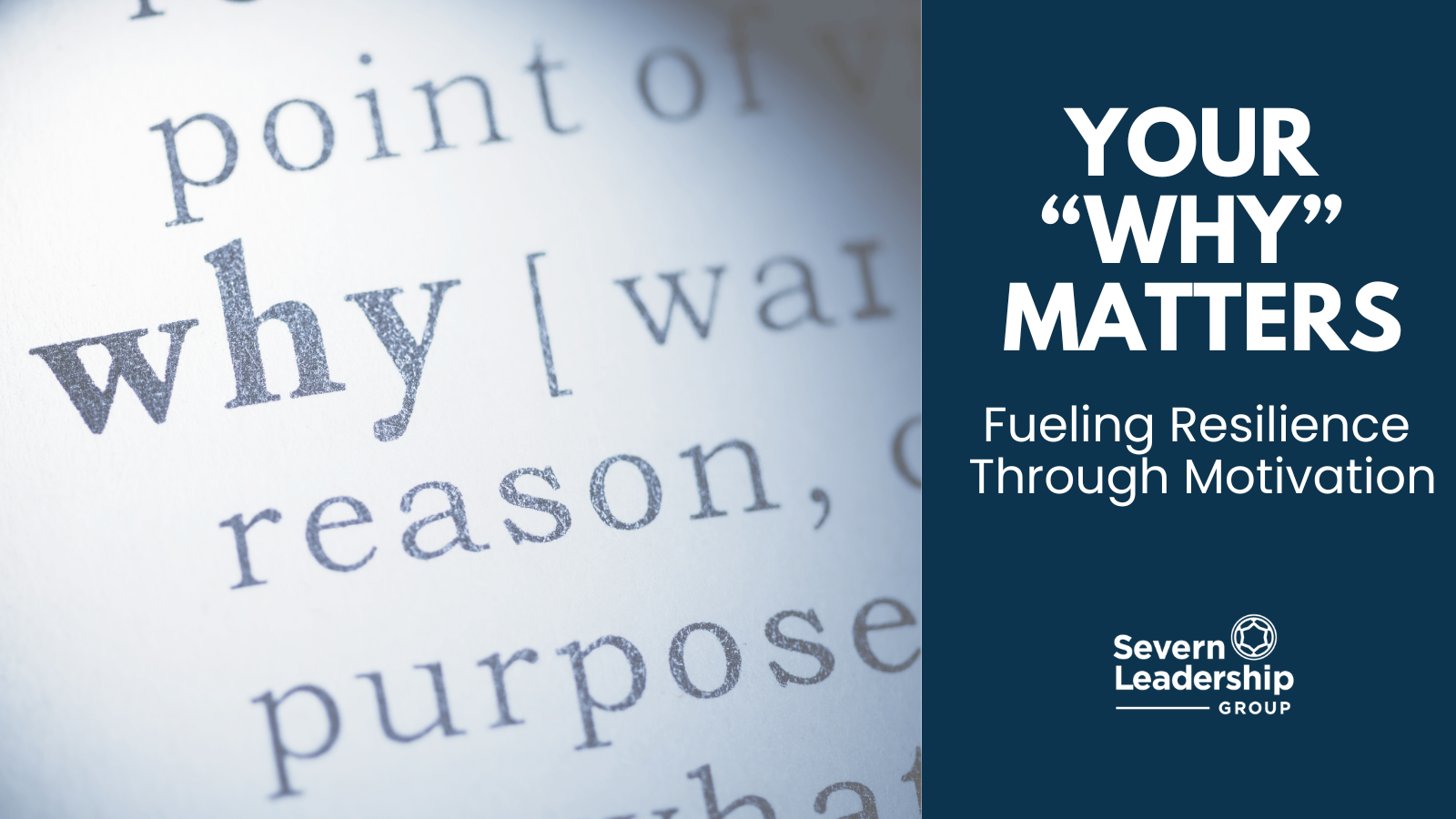The Paradox of Courage
Courageous leadership is about showing up to the table and having the guts to say “yes, and”.

%20(Blog%20Header)%20(1600%20%C3%97%20900%20px).png)
Arnold Toynbee, a British historian, has proposed that all major civilizations follow a similar life cycle, passing through stages of genesis, growth, turmoil, and ultimately disintegration. He theorized that, above all other struggles and strife, it is a commitment to outdated models of problem solving by those in power that ultimately unravels a civilization. When leaders get to a point of squashing innovative thinking or simply not seeing the signs of decline, there is almost no way forward. Put more simply, cognitive stagnation is lethal.
In the modern business environment, the path forward can feel surprisingly unclear. There are regular debates about the relative power of hard skills versus soft skills, left brain thinking versus right brain thinking, those who lead with the head versus those who lead with the heart. All these debates, at some level, are centered on the insatiable human need to keep progressing. And in what feels like an increasingly polarized world, splitting the difference can be construed as ambivalence or equivocation. So instead, we are in a near constant pendulum shift between valuing empathetic leaders and the more traditional command and control style leadership, between the hard skills and the soft skills, and we experience the gravitational pull of latching on to notions like growth mindset and grit. In each instance, we are looking for answers—what is the best way forward?
As humans, we are wired to prefer certainty. We like to definitively say that there is one answer, that there is always a clear distinction between right and wrong, and that there is a “right way” to do things. But when we look across history and time, evidence tends to point toward the contrary. If the world were as clear cut as we would like it to be, then why does success look different for different people in different places? And why haven’t we all figured it out? And perhaps most puzzlingly, what keeps us from moving forward? If we understand that the opposite of stagnation is progress, then in order to lead into the future, we must truly understand what lies at the heart of progress. And, as in many cases, our biology may hold the key to that insight.
Scientists looked at the brains of people with a fear of snakes and tried to understand what was happening when they allowed the snake to be moved closer compared to when they requested that the snake be moved further away. They called that behavior of allowing the fearful object to be moved closer courage. Our behavior in response to fear, they found, is driven by two factors: what our body says and what our brain says. More specifically, what they found is that courage is correlated with a dissociation between subjective fear (what we think) and somatic arousal (what we feel).
When we have low subjective fear and low somatic arousal, we just don’t care about the snake. Nothing changes, and we are stagnant. When we have high subjective fear and high somatic arousal, we are terrified. We move backward. When one is high and one is low, this is where we demonstrate courage. Either we feel a fear reaction in our body and manage to mentally conquer it, or we are cognitively afraid, and we manage to still our heart in preparation. The incongruence of the two measures is not the denial of one or the other, but a tertiary force that manages to make them simultaneously meaningful.
At the Severn Leadership Group, we understand leadership as a journey for which there is no destination, there is only forward motion. In keeping with the theories of Arnold Toynbee, we understand the necessity of challenging ourselves to step up as leaders, pushing back against the comfort of stagnation. We understand that progress is predicated on courage.
There are moments in everyone’s lives that challenge them to be courageous. For some, it might be getting up on a stage and giving a speech to a crowd of hundreds, while for others it might be speaking up in a meeting of a few peers. For some it might be admitting that they were wrong and apologizing, while for others it might be asking for help. The beauty of courage is that it doesn’t describe a designated list of daring behaviors. It describes any moment of any size where a person steps up to their fears and chooses to move forward instead of back.
In this new light, we can understand that leadership is not about leading with the heart or leading with the brain. Courageous leadership is about showing up to the table and having the guts to say “yes, and”. It is the quest to lead from a foundation of virtue. Research shows that our power comes not from our heads or our hearts, but that the best of us are those who are able to navigate the paradox and stand firmly, courageously in between.
“Courage is not simply one of the virtues but the form of every virtue at the testing point.”
― C.S. Lewis, The Screwtape Letters
Are you interested in learning how to navigate the paradox of courageous leadership? Join us at one of our upcoming Discover SLG virtual informational sessions to learn more about our Fellows Program.

Amelia Haynes is an SLG fellow from the 2023 Virtual Cohort program. She currently works for Korn Ferry in the Institute as a research Manager where she has been since graduating from Yale in 2020. Amelia explores functional applications of neuroscience research to talent and leadership consulting. Some areas of interest include interpersonal synchrony, compassion, and burnout.




